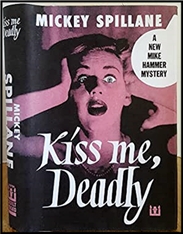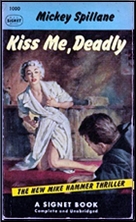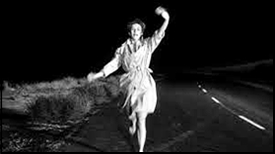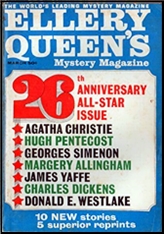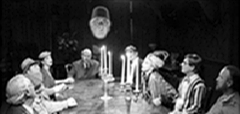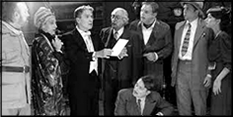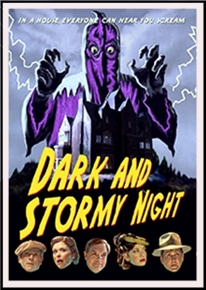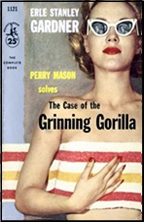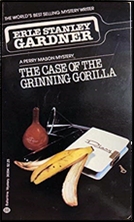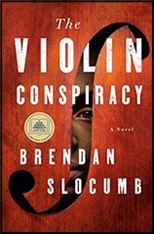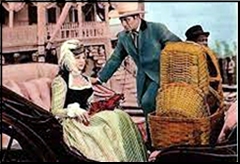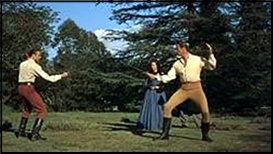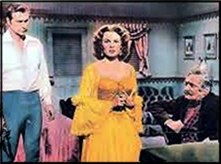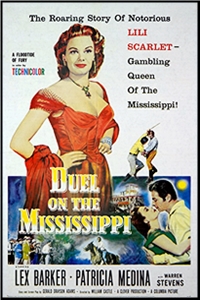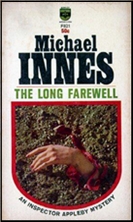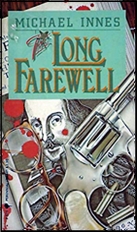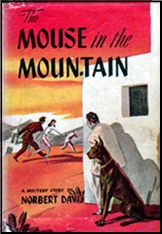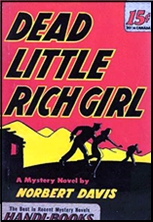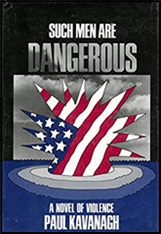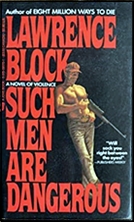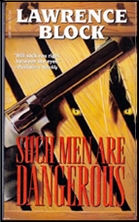Sat 16 Jul 2022
Reviewed by David Vineyard: PAUL STANTON – Village of Stars.
Posted by Steve under Reviews[5] Comments
PAUL STANTON – Village of Stars. M. S. Mill/William MOrrow, hardcover, 1960; Permabooks M4230, paperback, 1962.

Nothing so defined the 1950’s and the early 1960’s as the novel of nuclear terror. Some were science fictional post apocalyptic novels like Philip Wylie’s Triumph and Pat Frank’s Alas Babylon, while others were strictly thrillers like Ian Fleming’s Thunderball and Wylie’s (again) The Smuggled Atom Bomb. There were tense warnings of the dangers of nuclear brinksmanship like Eugene Burdick’s Fail Safe and Peter George’s Red Alert (which became the black humor of Dr. Strangelove) and frightening tales of that brinksmanship gone too far like Nevil Shute’s On The Beach.
Village of Stars was probably the first one of these book I ever read at age twelve. The man behind the pseudonym Paul Stanton was David Beaty, a fine British aviation novelist in the Nevil Shute/Elleston Trevor tradition who was best known for Cone of Silence.
The set up for the novel is fairly simple, and riveting.
There is a crisis in the Middle East, it is getting hotter by the hour. Russian troops are on the move and the West is taking note. Sabers are rattling.
Helen Durrant is the personal assistant to Air Marshal Chatterton when she meets Squadron Leader John Falkner. The chemistry is almost immediate, and like people living on the edge in any place in the world things move pretty quickly. At the same time things are moving quickly in the Middle East.
The gesture was more formal, more possessive than a kiss. And the sense of having moved irrevocably to some unknown destination returned.
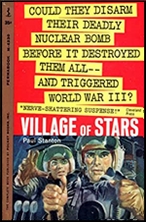
Our main characters set and the milieu of impending nuclear war there to ratchet up tension it is inevitable that Falkner will be sent on a mission to the hot spot, that while he is on patrol the tension comes to the boiling point. So much so that Falkner has to take a step he has never taken before.
One of his nukes, F6, is armed. F6 is capable of destroying a 40,000 square mile area. And for a few tense moments the world sits on the edge of the razor. Then the order comes.
The Russians have withdrawn. They are pulling back.
Falkner and crew can breathe a sigh or relief.
The fuse can be disarmed. But you can’t always put the djinn back in the bottle.
K6, the nuke, will not defuse. There is no way for Falkner and his crew to defuse the bomb.
They are near the limit of their flight path, fuel is getting low. There is no place on Earth they can reach and safely dump the nuke, and if the ship drops beneath 5,500 feet the nuke will detonate. If they crash into a mountain above 5,500 feet the nuke will detonate.
There is one chance in the Arctic Sea, but when they reach that spot there are ships from the Russian fleet there. Dropping K6 or even ditching would trigger WWIII.
What now? As they fly over Greenland Falkner wonders what if he just dumped the nuke in the ocean, saved the life of his crew and took the consequences. Who could really blame him?
There is one last chance if they have enough fuel, a landing field at Nairobi at 5,700 feet. Awfully close, but still, a chance, with two hundred feet to spare…
He had an areodrome to land at – that was enough for him.
The hero chooses not to think about it, but Stanton is perfectly happy to let us sweat it out. There is a streak of sadism in good suspense writers that has never been sufficiently explored.
Village of Stars is a heavy breather, a well written two-fists on the wheel read, that builds up, in its relatively short length, considerable suspense. It is tightly written, and would not work half as well as a bloated best seller. Stanton/Beaty keeps the story moving, switching between characters and settings, avoiding the tiresome soap opera of most bigger books to focus on the immediate problem and danger, which in this case is more than enough.
By the time you reach the end, even if it is all a little dated today, you may want a hug and a drink like John Falkner. It’s still a hell of a ride.
